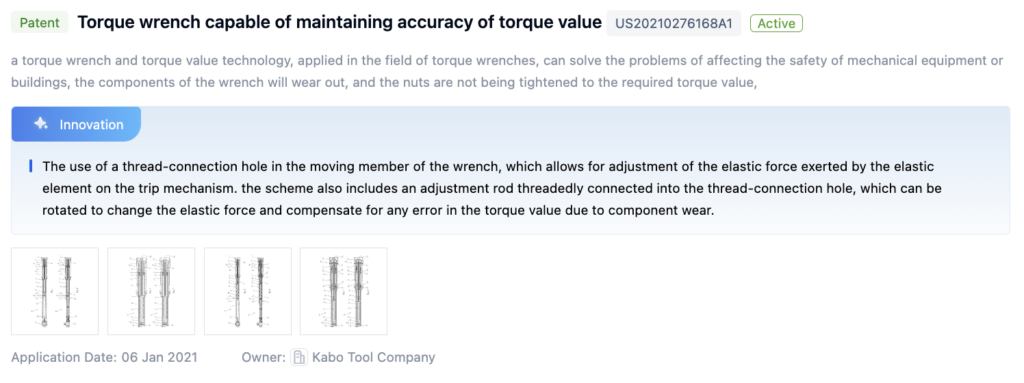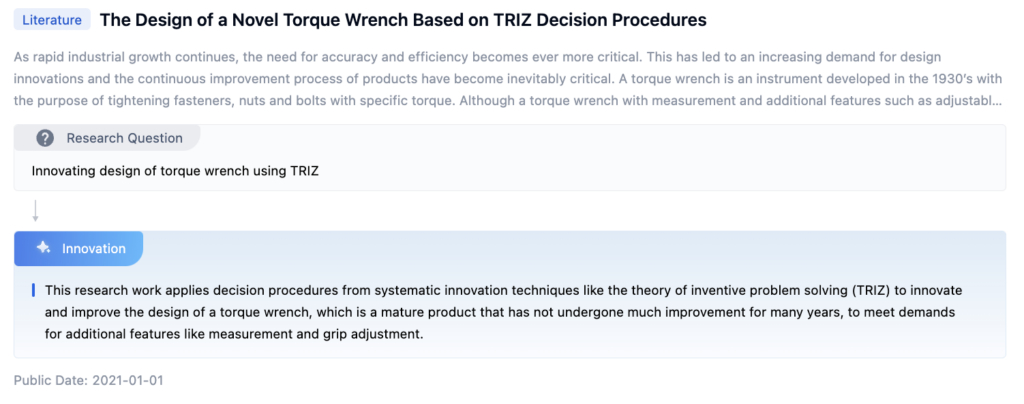
Digital Torque Control Background and Goals
Digital torque control technology has revolutionized torque wrench applications, enhancing precision, safety, and efficiency across industries such as automotive manufacturing, aerospace engineering, and construction. The primary goal of digital torque control is to ensure accurate and consistent torque application, addressing the limitations of traditional mechanical torque wrenches.
Advancements in electronics, sensors, and data processing have enabled the integration of digital components into torque wrenches, providing real-time torque readings, customizable settings, and data logging capabilities. This technology not only improves accuracy and repeatability but also supports comprehensive quality control and traceability.
As demand for precision and efficiency grows, digital torque control is expected to become more prevalent, offering benefits like cost savings, reduced rework, and minimized material waste.

To get detailed scientific explanations of the digital torque control, try Patsnap Eureka TechResearch.
Market Demand for Precision Torque Wrenches
The market demand for precision torque wrenches is driven by industries requiring controlled tightening of fasteners, such as automotive, aerospace, manufacturing, construction, and maintenance operations. Precision torque wrenches are essential for assembling critical components, maintaining product quality, and ensuring safety.
In the automotive industry, these tools are crucial for assembling engine parts, suspension systems, and wheel assemblies. The aerospace industry demands high accuracy due to the safety-critical nature of aircraft components. Similarly, manufacturing industries rely on precision torque wrenches to prevent component failures and minimize warranty claims.
As industries increasingly emphasize quality, safety, and reliability, the demand for precision torque wrenches is expected to grow, supported by the adoption of Industry 4.0 and smart manufacturing practices.
Current State and Challenges in Torque Control

Achieving precise torque control remains challenging due to several factors, including the complexity of torque measurement and control systems, external factors like temperature fluctuations and vibrations, and the diverse range of applications and operating conditions.
Integrating digital technologies like advanced sensors, wireless communication, and data analytics presents additional challenges, particularly in harsh industrial environments. Overcoming these challenges requires multidisciplinary expertise and continuous innovation to meet the evolving needs of industries.
Evolution of Digital Torque Control Technologies

Existing Digital Torque Control Solutions
Torque Wrench with Adjustable Torque Setting
Torque wrenches with mechanisms for easy and precise torque setting adjustment improve versatility and convenience by allowing users to quickly change the desired torque value.
Torque Wrench with Torque Value Locking
Incorporates a locking device that secures the set torque value, preventing accidental changes during use and ensuring consistent torque application.
Torque Wrench with Torque Compensation
These wrenches include mechanisms to correct torque variations, maintaining accuracy and reliability.
Torque Wrench with Multiple Preset Torque Settings
Allows users to switch between multiple preset torque values, enhancing versatility and efficiency.
Compact Torque Wrench for Confined Spaces
Designed with a compact or foldable structure for use in tight spaces, improving maneuverability.
Hydraulic or Pneumatic Torque Wrench
Uses fluid power for precise torque control, suitable for applications requiring high torque values.
Torque Wrench with Digital Display and Control
Incorporates digital displays and electronic controls for precise torque monitoring and adjustment.
Key Players in Torque Wrench Industry
Apex Brands Inc.
Offers a digital torque control solution with advanced sensor technology, digital display, and data logging for real-time monitoring.
SCS Concept Italia SRL
Developed a digital torque control system with wireless connectivity and cloud integration, enhancing flexibility and efficiency.
Snap-On Inc.
Provides a digital torque wrench with a user-friendly interface and programmable torque settings for improved accuracy.
Atlas Copco Industrial Technique AB
Offers a comprehensive digital torque control system integrated with industrial tools, featuring advanced analytics and reporting.
Mitsubishi Electric Research Laboratories Inc.
Developed cutting-edge digital torque control technology using machine learning algorithms for real-time optimization.
Core Innovations in Torque Control Technologies
Patent 1: Torque Wrench Capable of Maintaining Accuracy
- Core Points:
- Thread-Connection Hole: Allows adjustment of the elastic force exerted by the elastic element on the trip mechanism.
- Adjustment Rod: Compensates for torque value errors due to component wear.

Patent 2: Torque Wrench
- Core Points:
- Torque Adjustment Mechanism: Involves a thumb adjustment wheel to adjust the torque setting by moving the primary beam relative to the handle.

Paper 1: Design of a Novel Torque Wrench Based on TRIZ
- Core Points:
- Innovation through TRIZ: Applies systematic innovation techniques to improve torque wrench design.

Potential Breakthroughs in Digital Torque Control
Adjustable Torque Setting Mechanism
Allows precise control and easy modification of the torque output.
Torque Compensation and Overshoot Prevention
Incorporates mechanisms to compensate for torque overshoot, ensuring accurate torque application.
Torque Calibration and Accuracy Measurement
Focuses on calibrating and measuring torque accuracy, ensuring consistent operation within specified tolerances.
Electronic Torque Wrench with Digital Display
Features digital displays and controls for precise torque monitoring and feedback.
Regulatory Landscape for Torque Wrenches
The torque wrench industry is governed by various regulations and standards to ensure safety, accuracy, and quality control. Key regulatory bodies include ISO, ANSI, ASME, and the European Union’s Machinery Directive, which set requirements for design, performance, testing, and calibration. Compliance with these standards is crucial for manufacturers to ensure product safety, reliability, and market acceptance.
Environmental Impact of Digital Torque Control
Digital torque control technology has the potential to reduce environmental impact by minimizing material waste through accurate torque application. Properly tightened fasteners reduce the need for replacements and extend component lifespan, lowering raw material demand and the associated environmental footprint. Additionally, digital systems enable data-driven optimizations, further minimizing waste and energy consumption.
However, the environmental impact of producing and disposing of electronic components must also be considered. Responsible sourcing, recycling, and end-of-life management practices are essential to mitigate potential negative impacts.
If you want an in-depth research or a technical report, you can always get what you want in Eureka Technical Research. Try now!

